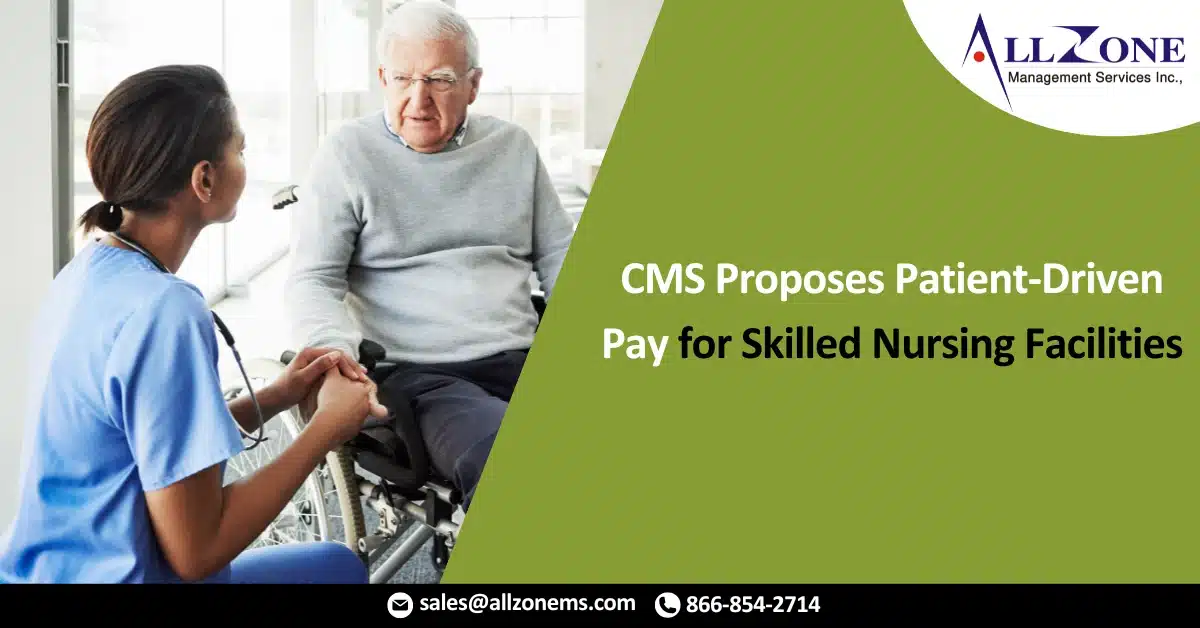Skilled nursing facilities could face a new Medicare reimbursement system that pays based on patient conditions and needs, rather than volume of services provided.
CMS recently proposed updates to several post-acute care prospective payment systems, with skilled nursing facilities seeing a potentially new Medicare reimbursement arrangement, called the Patient Driven Payment Model.
The Patient Driven Payment Model would reimburse skilled nursing facilities based on patient conditions and healthcare needs rather than the volume of services provided, according to the proposed 2019 Skilled Nursing Facility Prospective Payment System (SNF PPS) rule.
“We envision all elements of CMS’ healthcare delivery system working to reward value over volume and decisively focus on patients receiving quality care from their Medicare benefits,” stated Administrator Seema Verma.
“For skilled nursing facilities, we are taking important steps through proposed payment improvements that will reduce administrative burden, and foster innovation to improve care and quality for patients. As people face rising healthcare costs in other clinical settings, we need to leverage advances in technology that help to modernize our programs in a way that benefits patients.”
The Patient Driven Payment Model would adjust Medicare reimbursement based on components of a resident’s care, particularly non-therapy ancillaries, CMS explained. The federal agency anticipates the payment methodology to better address the costs of care of medically complex patients.
The proposed payment model would also adjust the skilled nursing facility’s per diem payments to account for varying costs throughout the stay.
The Patient Driven Payment Model proposal replaces the proposed Resident Classification System, Version I (RCS-I). The RCS-1 was a case-mix model that would classify residents in a Part A-covered stay into payment groups.
In response to stakeholder concerns regarding the complexity of the RCS-1 model, CMS created the Patient Driven Payment Model.
“Consistent with stakeholder comments encouraging a more simple payment model, the proposed SNF PDPM would reflect an approximately 80 percent reduction in the number of payment group combinations compared to the RCS-I,” the federal agency stated in a fact sheet.
“Additionally, it would reflect updates to the data used as the basis for our analyses, to ensure that the results reflect the current resident population. PDPM, as compared to RCS-I, would also make greater use of certain standardized items for payment calculations, such as in using function items also used for the SNF QRP [Quality Reporting Program].”
CMS also promised the proposed payment system for skilled nursing facilities would reduce administrative burden. Skilled nursing facilities could save about $2 billion over ten years under the reduced reporting burdens for patient assessments under the new system, CMS estimated.
“We are taking action in the following proposed rules to reduce paperwork, while maintaining patient safety and program integrity by focusing on meaningful measures,” Verma said.
The new payment model would go into effect on Oct. 1, 2019, if the rule is finalized.
In addition to the SNF PPS proposed rule, CMS also released updates to the prospective payment systems for inpatient rehabilitation facilities and inpatient psychiatric facilities, as well as the hospice wage index and payment rate.
Inpatient rehabilitation facilities would see a 0.9 percent increase relative to the 2018 fiscal year, while inpatient psychiatric facilities would face a 0.98 percent, or $50 million, boost in 2019 fiscal year.
CMS also proposed to increase hospice payments by 1.8 percent, or $340 million, in the 2019 fiscal year.
For more information: CLICK HERE

